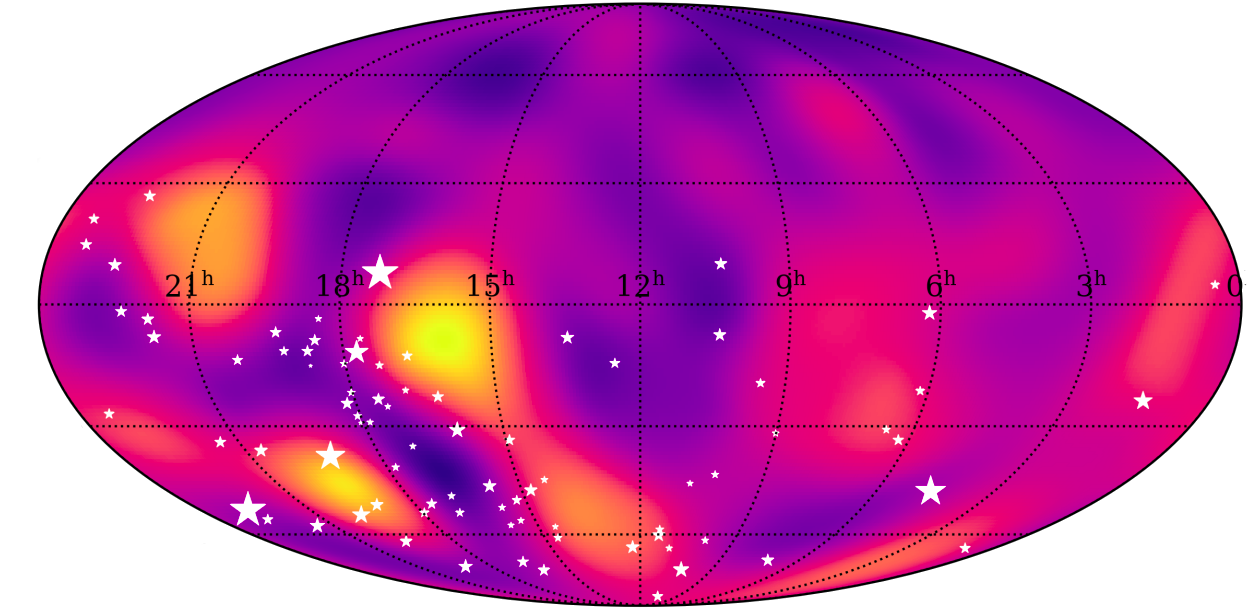The confirmed detection of gravitational waves within the past decade was one of the more exciting news in physics. However, like observatories based on electromagnetic waves, only a narrow frequency band of gravitational waves can be detected by the kilometers-long gravitational observatories we have. These can detect black hole mergers, but they have no hope of detecting gravitational waves that are suspected to have been sloshing around our universe right after the Big Bang.
An alternative way to measure gravitational waves is to measure variations in the radio pulses from millisecond pulsars. While these could not be used to measure black hole mergers, they can be used to measure suspected gravitational waves from the earliest times in our universe. We are now in the earliest stages of mapping the cosmic gravitational wave background using millisecond pulsars. NANOGrav had released their observations last year, and now MeerKAT has released their own observations of the cosmic gravitational wave background.
